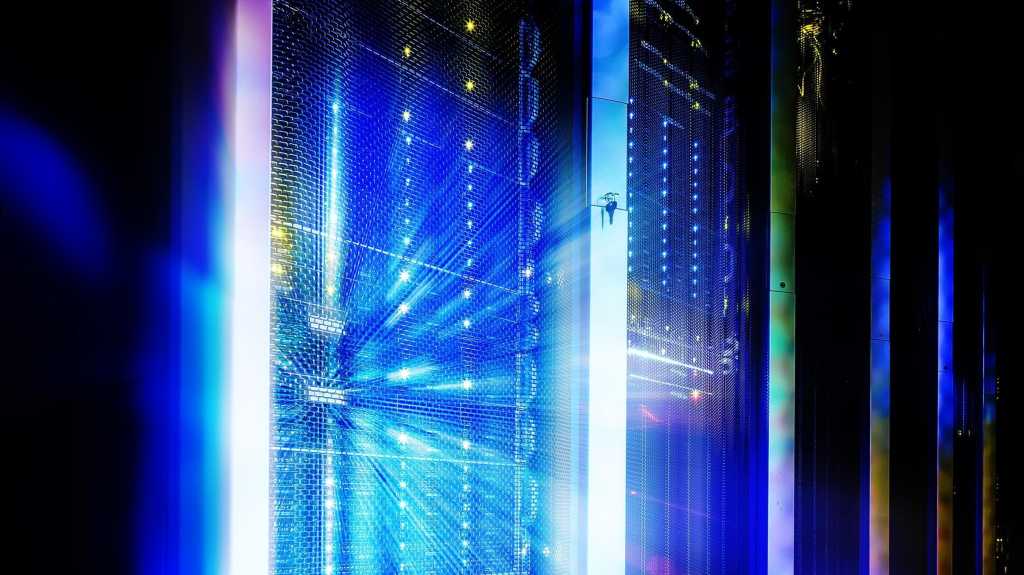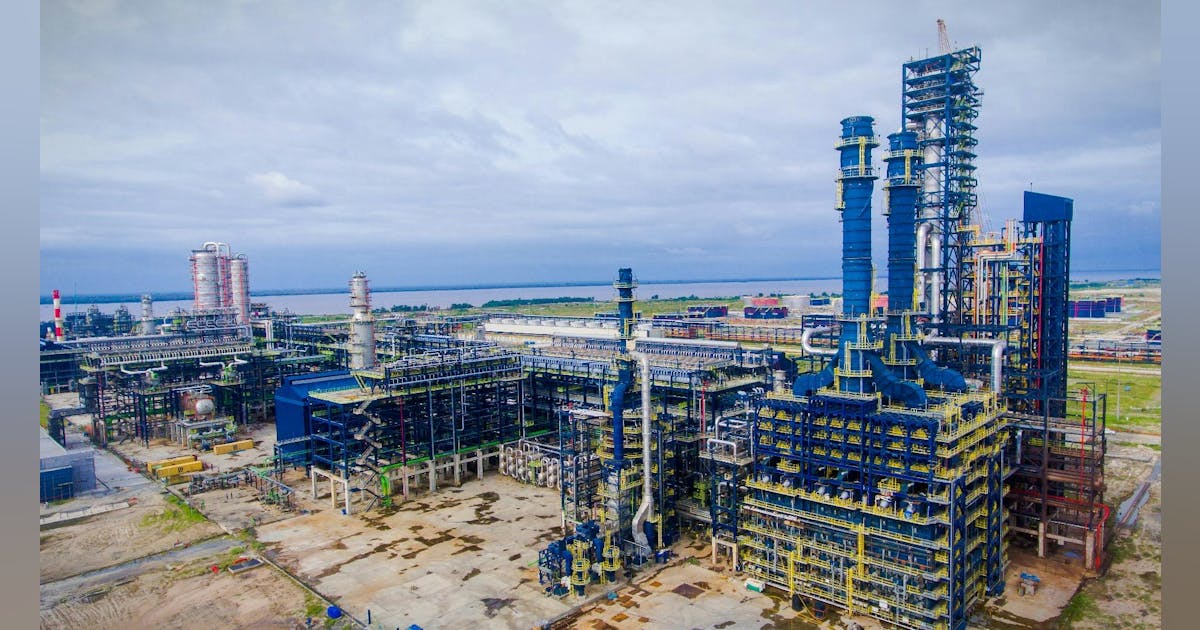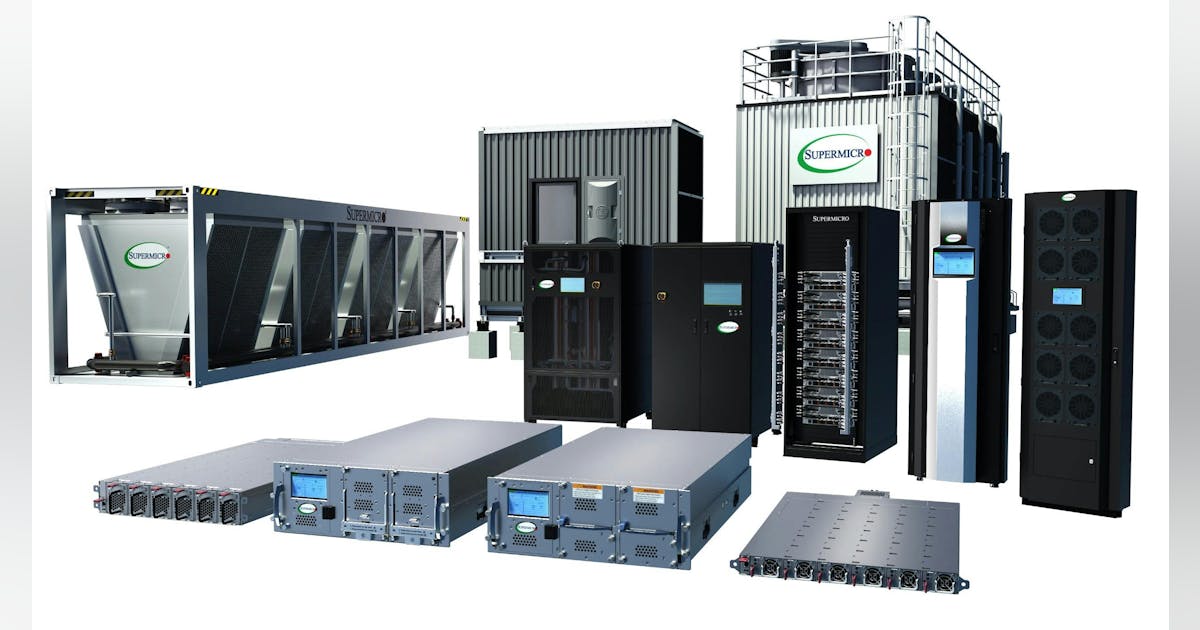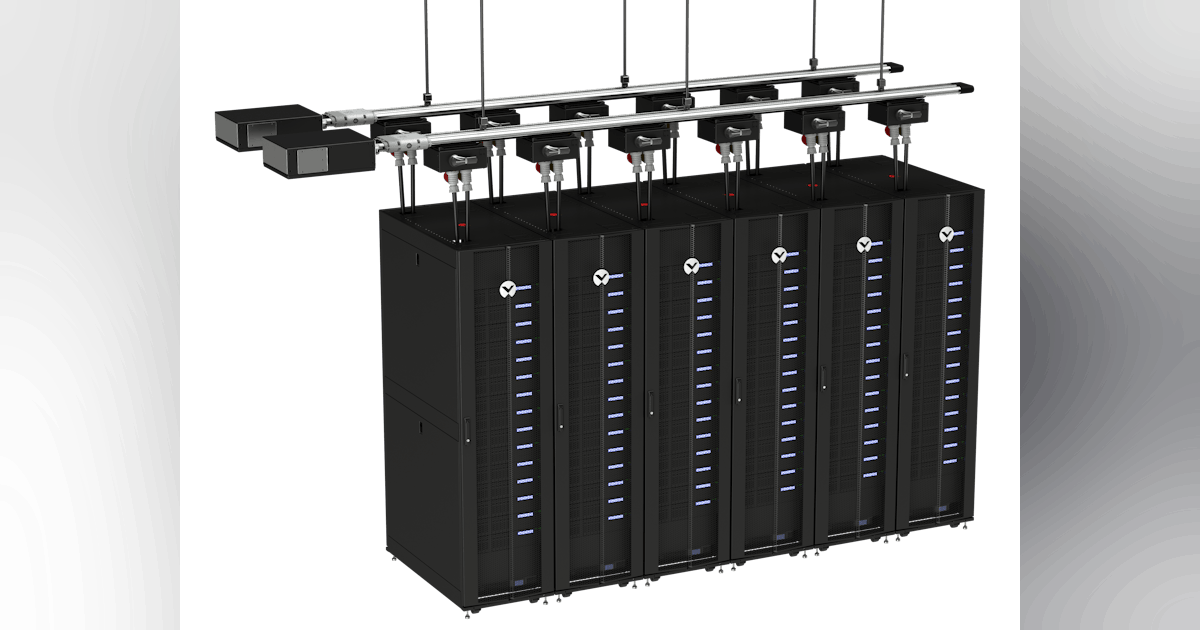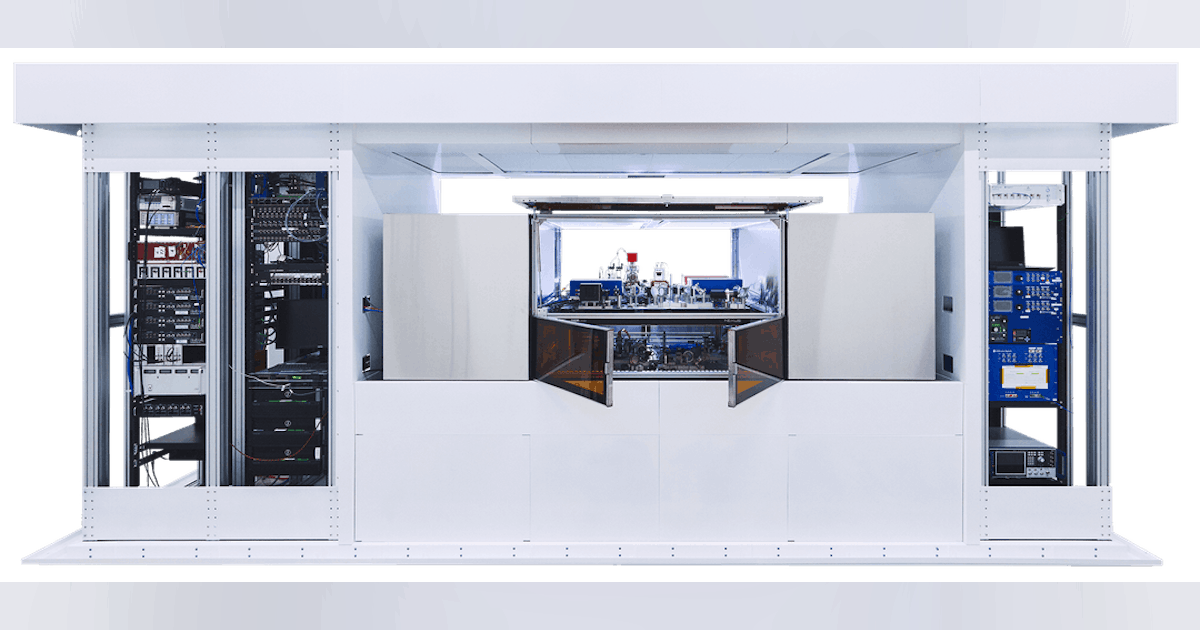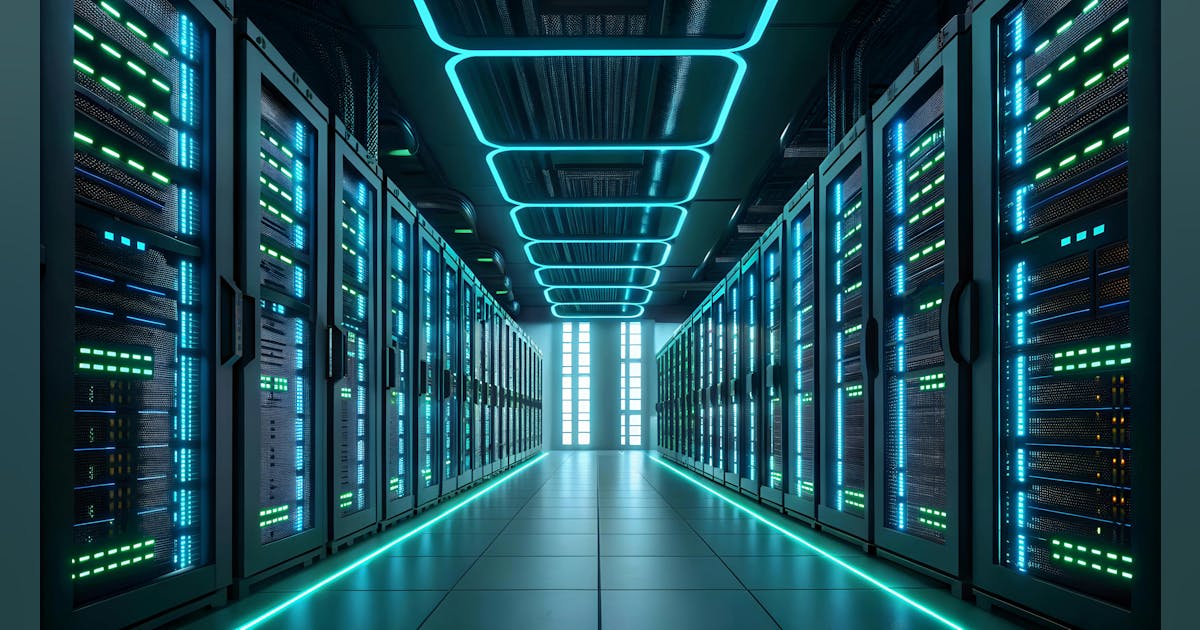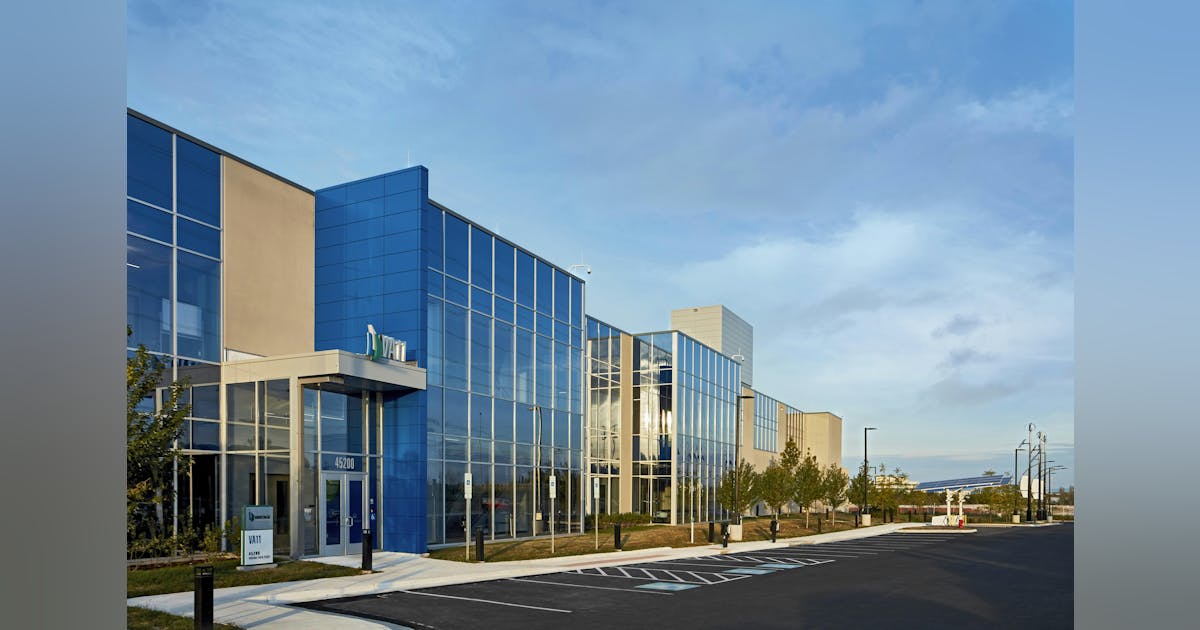Supermicro has introduced a new business line, Data Center Building Block Solutions (DCBBS), expanding its modular approach to data center development. The offering packages servers, storage, liquid-cooling infrastructure, networking, power shelves and battery backup units (BBUs), DCIM and automation software, and on-site services into pre-validated, factory-tested bundles designed to accelerate time-to-online (TTO) and improve long-term serviceability. This move represents a significant step beyond traditional rack integration; a shift toward a one-stop, data-center-scale platform aimed squarely at the hyperscale and AI factory market. By providing a single point of accountability across IT, power, and thermal domains, Supermicro’s model enables faster deployments and reduces integration risk—the modern equivalent of a “single throat to choke” for data center operators racing to bring GB200/NVL72-class racks online. What’s New in DCBBS DCBBS extends Supermicro’s modular design philosophy to an integrated catalog of facility-adjacent building blocks, not just IT nodes. By including critical supporting infrastructure—cooling, power, networking, and lifecycle software—the platform helps operators bring new capacity online more quickly and predictably. According to Supermicro, DCBBS encompasses: Multi-vendor AI system support: Compatibility with NVIDIA, AMD, and Intel architectures, featuring Supermicro-designed cold plates that dissipate up to 98% of component-level heat. In-rack liquid-cooling designs: Coolant distribution manifolds (CDMs) and CDUs rated up to 250 kW, supporting 45 °C liquids, alongside rear-door heat exchangers, 800 GbE switches (51.2 Tb/s), 33 kW power shelves, and 48 V battery backup units. Liquid-to-Air (L2A) sidecars: Each row can reject up to 200 kW of heat without modifying existing building hydronics—an especially practical design for air-to-liquid retrofits. Automation and management software: SuperCloud Composer for rack-scale and liquid-cooling lifecycle management SuperCloud Automation Center for firmware, OS, Kubernetes, and AI pipeline enablement Developer Experience Console for self-service workflows and orchestration End-to-end services: Design, validation, and on-site deployment options—including four-hour response service levels—for both greenfield builds
